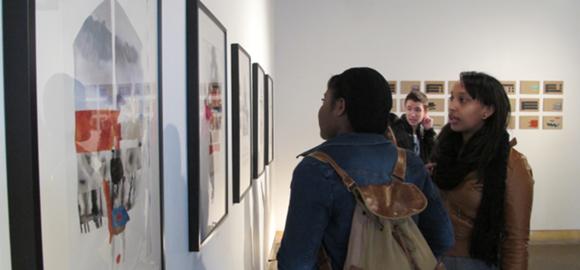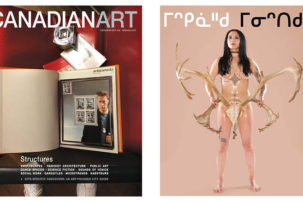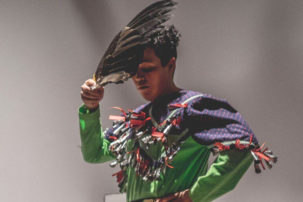From big annual grad shows to last-class hallway exhibitions, there’s lots of opportunity to display one’s art at the end of the school year. Besides being graded by teachers and critiqued by fellow students, these events often invite outside jurors. Here are some tips for showing off your talents to their best advantage.
Commit to showing a complete work
There’s a lot of emotional risk involved in seeing work through to completion, a fact that can lead to a profusion of “works in progress” at some end-of-term shows. But by playing it safe, one misses out on an opportunity to learn and move forward. As much as possible, continue your process through to an endpoint. If you’re unsatisfied with the results, you’ll still be able to take those lessons into your next creative foray.
Invest in quality materials as your budget allows
Many artists know there are rich possibilities in “poor” or overlooked materials. But that doesn’t mean that there aren’t also contexts when it’s appropriate to invest in quality materials—end-of-term exhibitions often being one of them. Will that drawing really present as well on newsprint as on Arches? Will that print really look as professional on bond paper as on heavy gloss? Consider such questions, and invest in higher-end materials as your budget allows.
Take related texts seriously
While it’s perfectly valid to present an artwork without a text or to leave an artwork untitled, it’s important that these be conscious, considered decisions rather than last-minute defaults. Budget time in your production process for thinking about, writing and editing your artwork titles and artist statement. Same goes for your artistic CV—if you’re scared it’s too minimal, make a plan to beef it up in future by applying to juried shows and calls for submissions.
Label your work properly
Your artwork is presented at its best advantage when it is professionally and accurately labelled. Proofread your labels, or have a friend do it, to ensure all spellings are correct. Even if your school has a standardized label everyone is expected to use, you should consider the label’s location: too close, and it may intrude on the work itself; too far away, and it could get lost.
Improve your installation acumen
Having some installation skills before the big show will help you immensely in terms of set-up ease, viewer engagement and takedown time. To develop these skills, volunteer to help with installing at your college’s staff- or student-run galleries, assist friends with their exhibitions, or mount in-studio shows throughout the year.
Definitely document
An exhibition of any kind is an opportunity to start expanding your portfolio of documentation. Make sure to get good photographs of your installed work, either by shooting it yourself, hiring a friend or bartering with a photo student. This documentation will come in handy when you are applying for grants, scholarships or exhibitions in future.

 Students from York Memorial Collegiate Institute take a closer look at the work included in the Xpace group exhibition “Between Cellar and Attic,” featuring artists Ryan Lord, Genevieve Robertson and Paola Savasta, during a 2011 Canadian Art Foundation School Hop. Photo by Alia Toor.
Students from York Memorial Collegiate Institute take a closer look at the work included in the Xpace group exhibition “Between Cellar and Attic,” featuring artists Ryan Lord, Genevieve Robertson and Paola Savasta, during a 2011 Canadian Art Foundation School Hop. Photo by Alia Toor.







